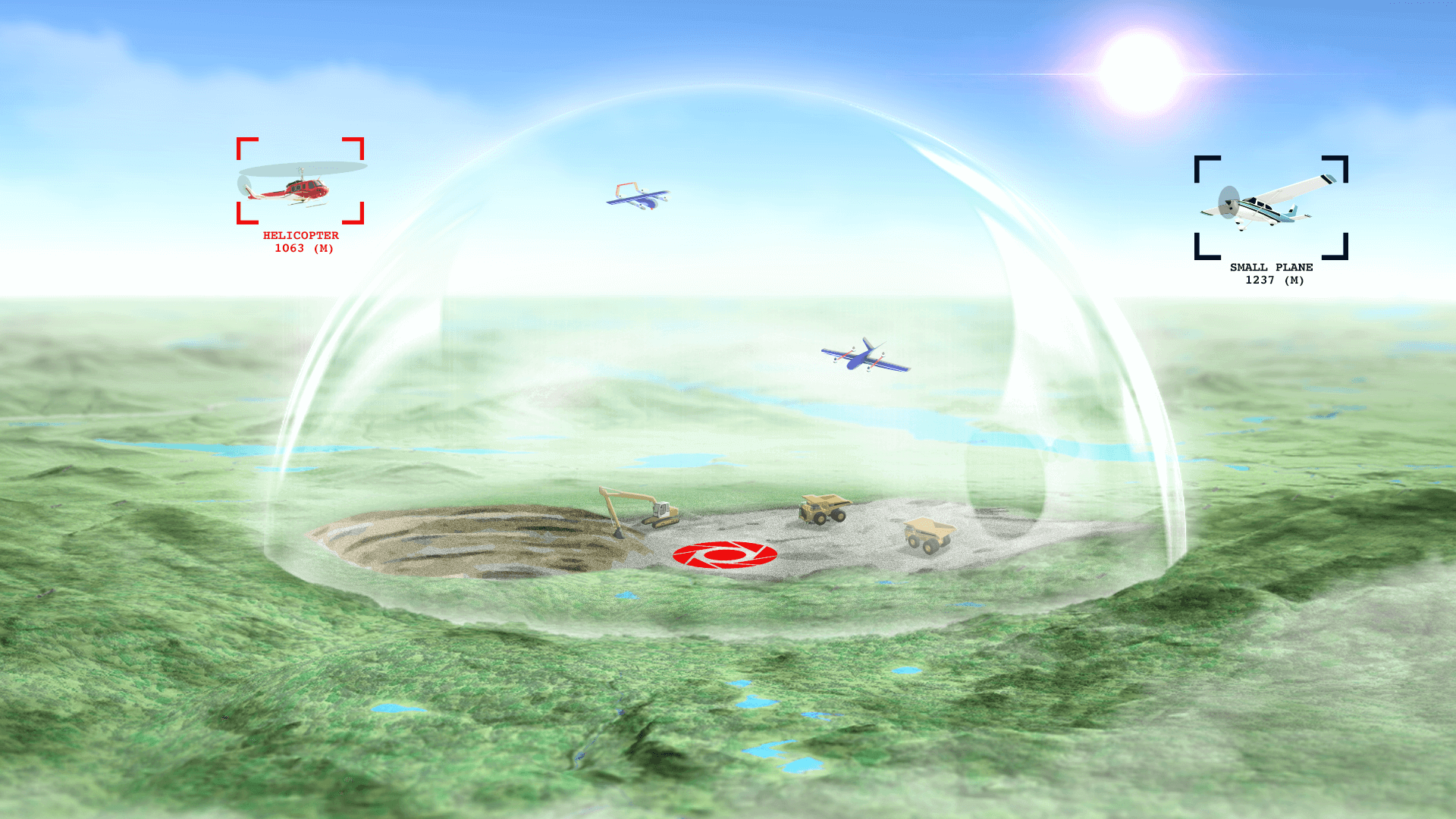Sign-up for the early access program in the form below
The use of drones for commercial operations promises amazing cost savings and efficiencies. Unfortunately, we’re still waiting to realize the full potential of these benefits. Why? Market factors, physics, and regulations.
Market factors
When building drones, manufacturers want to sell as many as possible. To broaden market appeal, aircraft are generically packaged. Occasionally, manufacturers may offer use-case specific drones, but this typically just means different packages of sensors. Your drone probably was not designed with your specific requirements in mind.
To meet your requirements, you’ll need to look carefully at adding capabilities to drones while flying safely and legally, and getting your work done in an efficient and cost effective manner. Many smaller drones are not designed to be customized in any way. These drones lack space to bolt on anything, and if you did, the drone would not take off.
Physics
You could start with a slightly larger UAV. But as you add sensors and equipment, a vicious cycle emerges: Sensors increase the drag coefficient and add weight, necessitating more power to maintain range. The additional batteries needed to maintain range adds yet more weight, which can necessitate additional safety equipment (e.g. parachute) to reduce kinetic energy should your drone fall out of the sky. Before you know it, you find yourself needing an even bigger drone.
Regulations
So now your bigger drone exceeds the FAA part 107 55lb limit. To fly safely, a pilot in control must maintain visual line of sight. Depending on your airspace regulator, operations beyond that (BVLOS) will demand air risk mitigations. This could take the form of visual observers, ground based radar, or onboard detect-and-avoid (like our Casia systems). But these mitigations come with trade-offs:
- Visual observers (VOs) are expensive and come with logistical and management overhead. VOs need a break each and every hour for at least 10 minutes. They need bathroom breaks and lunch, and they sometimes don’t turn up for work.
- Ground based radar is difficult to configure, power hungry and very expensive
- Even onboard detect and avoid can be a challenge on smaller drones that may not have the payload capacity
So how about we think outside the box to break the vicious cycle? When Casia is flying on a drone, even at high speeds and through rough air, it does an amazing job of detecting manned aircraft. What if Casia was put on the ground, instead of on a drone? Could it relentlessly monitor the sky beyond where drones may be operating, creating a zone of “sanitized” airspace? What if that enabled your UAVs to safely perform work at scale without adding any payload to your aircraft? Sound promising? We thought so, too.
Imagine scenarios like performing construction site asset management with a Skydio 2, or drone delivery on a golf course (think golf balls and beer) using an Avidrone Aerospace 210TL, or maybe checking stock piles in an open face mine with a Censys Sentaero? A ground based Casia system could be ideal. Our vision system could detect and alert you to intruder manned aircraft, providing plenty of time for your drones to be automatically or manually maneuvered out of harm’s way.
So, we decided to experiment with Casia in this way. The results were better than promising. And now, we are moving forward to develop this concept, partnering with a few visionary customers to test the potential for suitable applications. Sound interesting? We’d love to talk.
If you have a potential operation that could benefit from a ground based aircraft detection system, join our early access program. Space is limited, but registration is free. Sign up today!

